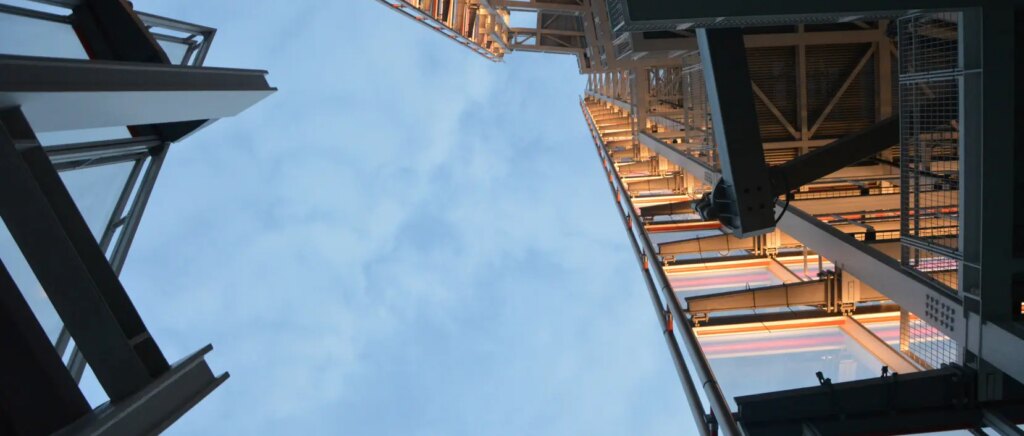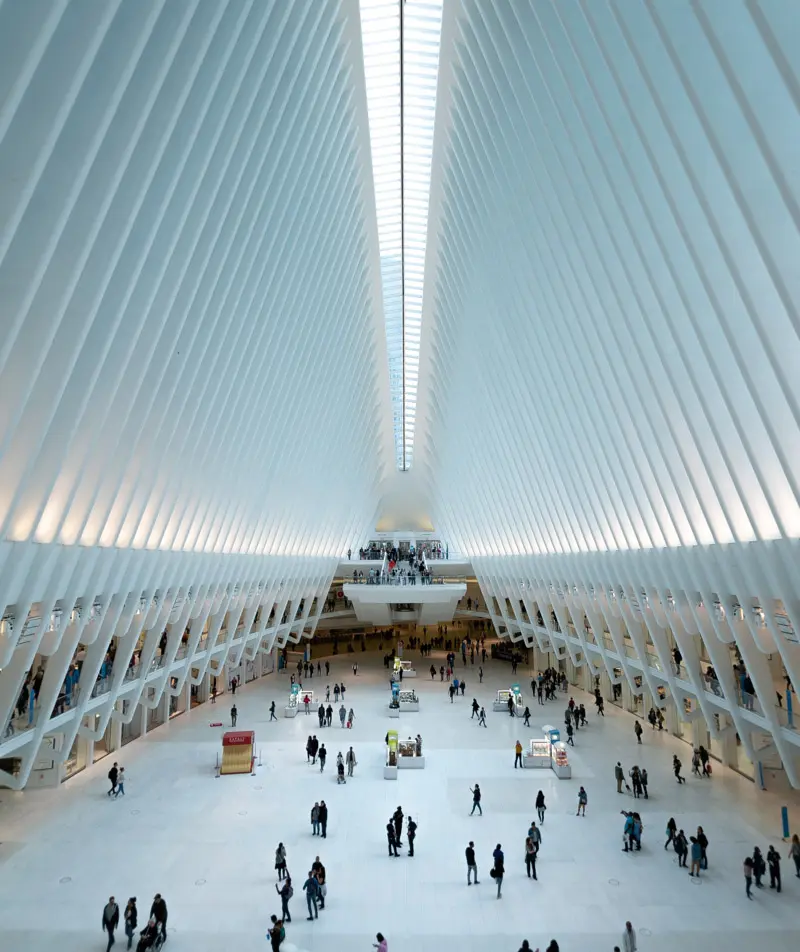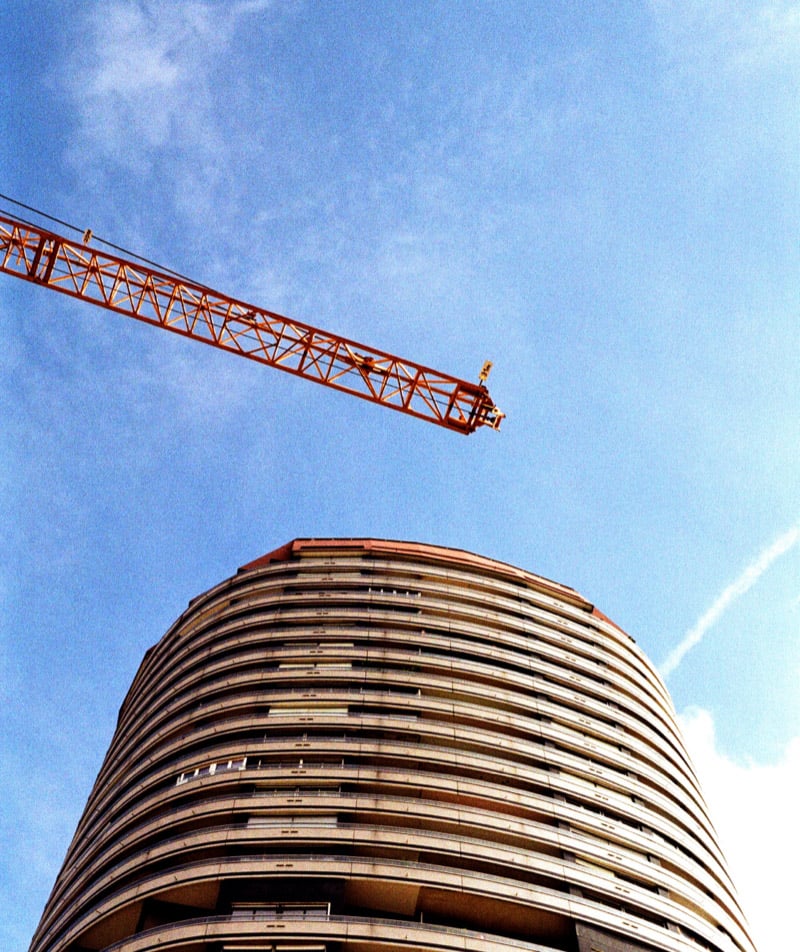At the heart of every construction project is the supply chain. This complex web of relationships connects contractors, suppliers, manufacturers, and distributors, ensuring that the right materials and equipment are available when and where they are needed. However, supply chain disruptions are a growing concern for the industry, with many companies struggling to manage the risks and uncertainties that arise. In this article, we explore the latest trends and best practices in supply chain management, and offer practical advice for construction companies looking to mitigate the impact of disruptions.
Challenges and Disruptions in Construction Materials Supply Chain Amid COVID-19 Pandemic and Global Issues
Since the COVID-19 pandemic began in early 2020, obtaining basic materials in a reasonable timeframe has been challenging. The war in Ukraine and rampant inflation have further complicated matters. However, as we enter the fourth year of the pandemic, China is relaxing its lockdown rules. In December, Builders Merchants Federation (BMF) CEO John Newcomb stated that the overall availability of construction materials is gradually returning to pre-pandemic levels, and the cost of many such materials has fallen. But the prices remain significantly higher than they were before the UK left the EU, and manufacturers of energy-intensive products like bricks, cement, glass, insulation, and plasterboard are warning of significant increases in prices as energy costs continue to rise.
In January, British Steel announced a hike of £75 per tonne, on top of last year’s increases of a combined £250. Birch plywood, widely used in construction, cannot be sourced from Russia due to sanctions, and alternatives from Latvia or Finland are in short supply. China, too, is affected by the pandemic, and many factories closed during the lunar new year. Numerous Chinese factories have shut down, or are operating on much longer waiting times due to the current wave of the virus, leading to congestion at some ports, with Qingdao reporting that it is operating with only a quarter of its usual labour force.
Last year saw mixed fortunes for shipping, as labour disputes around the world increased significantly. Bloomberg reports that there were at least 38 instances of protests or strikes at global ports, up from just eight the previous year. A protracted labour dispute has been running since July in a number of ports on the west coast of the US, with dockers currently working without a contract. During 2020 and 2021, congestion levels at Los Angeles and Long Beach docks reached a crisis point, leading to shipping companies redirecting traffic to the east coast. Although congestion levels are now returning to normal, there is a continued preference for the ports on the eastern seaboard, due in part to the labour dispute.
Semiconductor supply remains sluggish, and products containing semiconductors remain hard to come by. The supply of semiconductors was badly affected by both the COVID-19 pandemic and subsequent changes in ordering processes. While car manufacturers reduced or eliminated demand in the early months of 2020, producers of consumer goods filled the order books in response.
To sum up, the COVID-19 pandemic, war in Ukraine, rampant inflation, labour disputes at global ports, and a sluggish semiconductor supply have caused disruptions and delays in the supply chain. These problems are expected to continue in 2023, and how they are managed will have a significant impact on trade for the rest of the year.
A supply chain disruption can occur at any point in the chain, from raw material extraction to product delivery. When a disruption occurs, the consequences can be severe. Delayed shipments, increased costs, and reduced quality can all impact a construction project's timeline and budget. These disruptions can also damage relationships between companies in the supply chain, leading to reduced trust and cooperation.

Best Practices for Managing Supply Chain Disruptions
To manage the risks associated with supply chain disruptions, construction companies must take a proactive approach. Below are some best practices that companies can adopt to mitigate the impact of disruptions:
- Diversify Suppliers: Relying on a single supplier for critical materials or equipment can be risky. By diversifying suppliers, companies can spread their risk and ensure that they have access to alternatives if one supplier is unavailable.
- Develop Contingency Plans: Companies should develop contingency plans that outline how they will respond to disruptions. These plans should identify potential risks, outline response strategies, and assign responsibility for executing those strategies.
- Build Strong Relationships: Building strong relationships with suppliers can help companies mitigate the impact of disruptions. By communicating regularly and collaboratively, companies can develop trust and work together to manage risks.
- Leverage Technology: Technology can play a key role in mitigating the impact of disruptions. By using digital tools like supply chain management software, companies can monitor their supply chains in real-time, identify potential risks, and take proactive steps to manage those risks.
- Invest in Training: Effective supply chain management requires a skilled and knowledgeable workforce. By investing in training and development programs, companies can ensure that their employees have the skills and expertise needed to manage disruptions.
In the worst-case scenario, a disruption can result in project cancellation, legal disputes, or even bankruptcy.
Supply chain disruptions are a growing concern for construction companies, but there are steps that can be taken to mitigate their impact. By diversifying suppliers, developing contingency plans, building strong relationships, leveraging technology, and investing in training, companies can manage their supply chains more effectively and reduce the risks associated with disruptions. With the right strategies and tools in place, construction companies can ensure that they are prepared to navigate the challenges of an increasingly complex and uncertain supply chain landscape.






